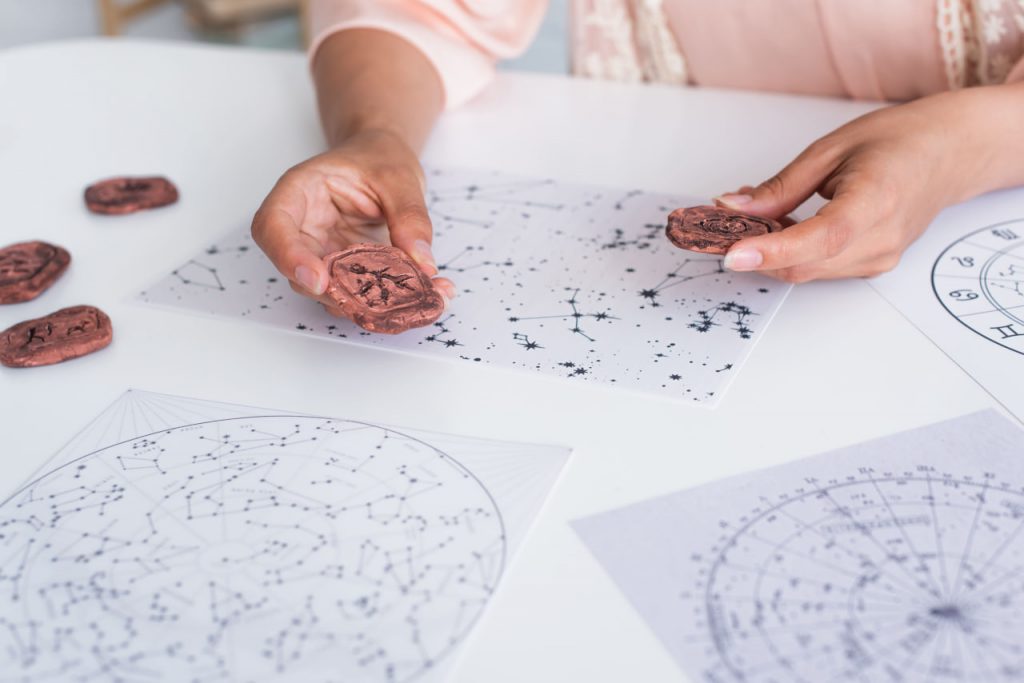What if your emotions were constellations? What if each feeling had its own star, and your personal sky changed with your inner world?
This is the concept behind constellation journaling — a poetic, intuitive practice we teach in our workshops that blends creative expression with self-discovery.
The Sky Within
Every night sky is different. So is every day in our emotional lives. One day might feel like a sky full of fierce red giants — intense, heated, urgent. Another might be a soft blur of distant, cool stars — quiet, lonely, thoughtful.
By treating your emotions like celestial bodies, you can begin to see patterns: recurring constellations of fear, hope, longing, or joy. Journaling in this way turns reflection into an act of visual storytelling.
How It Works
At the end of the day (or week, or significant moment), sit down with a blank page. Instead of writing about your mood in paragraphs, map it. Use shapes, dots, symbols — stars. Place them based on how “bright” or “far” the feeling seems.
Then give each emotion a name. You might call one cluster “The Orbit of Unspoken Words,” or “The Phoenix of Monday,” or simply “Stillness.” Over time, these sketches become a personal emotional star atlas.
Why It Matters
Constellation journaling is not about accuracy — it’s about awareness.
It gives you a non-linear, artistic way to connect with your feelings. It’s perfect for visual thinkers, creatives, and anyone who struggles with traditional journaling methods.
More importantly, it helps you witness yourself over time. You’ll begin to notice: This star keeps returning. This one faded. This new one just appeared. You’re charting your own emotional evolution.
A Practice of Gentle Observation
We encourage students to keep their constellation journals loose, messy, and unfiltered. Some include actual star data from the sky that night. Others treat the page like a dream — a fictional sky that tells a real truth.
Whether used daily or only during significant events, constellation journaling is a tender, powerful way to keep your inner sky close.
And remember — you don’t need to understand astronomy to map your own universe. You only need to look up… and look in.

